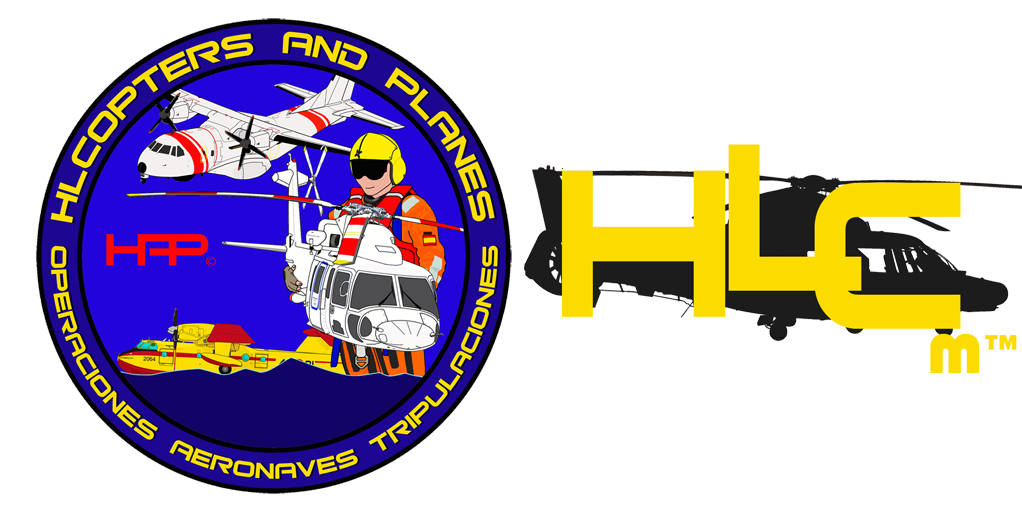
Archive image: Coast guard members from Air Station Clearwater, Florida stage their MH-60T Jayhawk helicopter in Army hangar 840, at Hunter Army Airfield as they prepared for search and rescue missions.
U.S. Army photo by Sgt. Ryan Tatum, 3rd Combat Aviation Brigade.
ST. PETERSBURG, Fla.— Coast Guard Tampa Bay rescue crews responded to multiple search and rescue cases in Tampa Bay region Friday through Sunday.
A Coast Guard Air Station Clearwater MH-60T Jayhawk Medium-Range Recovery Helicopter aircrew responded to a medevac while Coast Guard Station Cortez and Coast Guard Cutter Diamondback crews responded to two seperate disabled vessel cases with all mariners returning safe.
The MH-60 Jayhawk aircrew hoisted an ill 47-year-old man from a cruise ship 224 nautical miles offshore of Tampa Bay and transferred him to Tampa General Hospital in stable condition Saturday.
Coast Guard Station Cortez 45-foot Response Boat-Medium boat crew towed a 21-foot disabled vessel with four people 57 miles offshore to the Coquina Beach boat ramp Saturday.
Coast Guard Cutter Diamondback crew towed a 33-foot disabled vessel with two people 80 nautical miles offshore to commercial salvage near Sarasota Sunday.
Coast Guard Station Sand Key and Air Station Clearwater HC-130 Hercules aircrew searched for three reported missing people 30 miles offshore Hudson, who were found safe by a good Samaritan, Friday.
The Coast Guard encourages all mariners to follow these safety tips.
- File a float plan and leave it with someone — A float plan tells trusted family or friends where you are going and the time and location of your expected return. This information can assist the Coast Guard in searching in the correct areas quicker.
- Have a marine band radio and visual distress signals — While many boaters rely on cell phones for emergency communications, they are unreliable in the marine environment. Use the radio Channel 16 for emergencies. Mariners should carry visual distress signals such as flares, smoke signals or non-pyrotechnic devices, and sound-producing devices such as whistles, bells, or horns.
- Have a registered 406MHz emergency position indicating radio beacon — When a 406MHz EPIRB signal is received, search and rescue (SAR) personnel can retrieve information from a registration database. This includes the beacon owner’s contact information, emergency contact information, and vessel/aircraft identifying characteristics. Having this information allows the Coast Guard, or other rescue personnel, to respond appropriately.
For more breaking news follow us on Twitter and Facebook.
-USCG-
For more Hlcopters Magazine breaking news, stories, images and videos follow us on Facebook, Twitter, Instagram and YouTube
The appearance of U.S. Department of Defense (DoD) visual information does not imply or constitute DoD endorsement.

